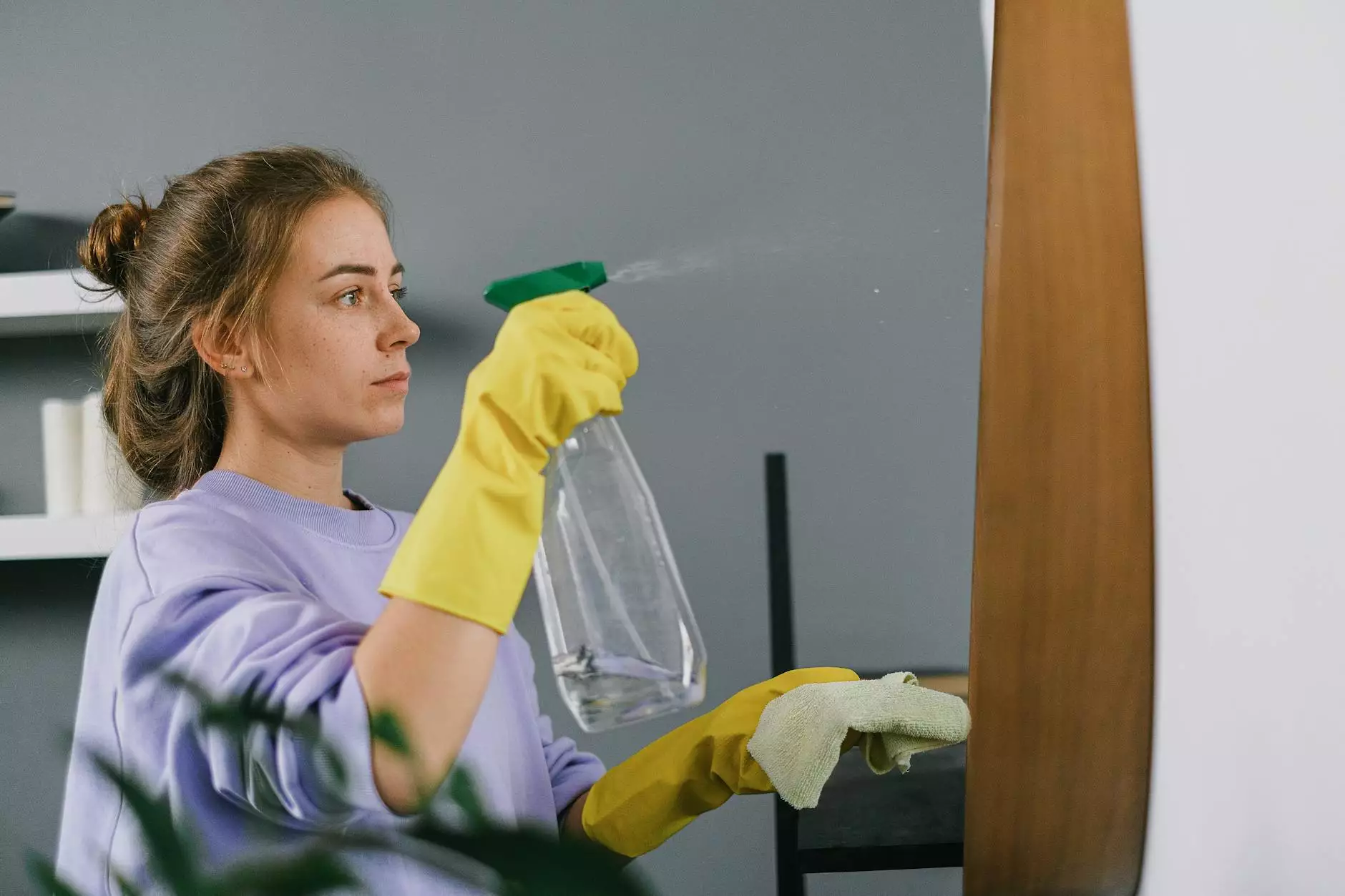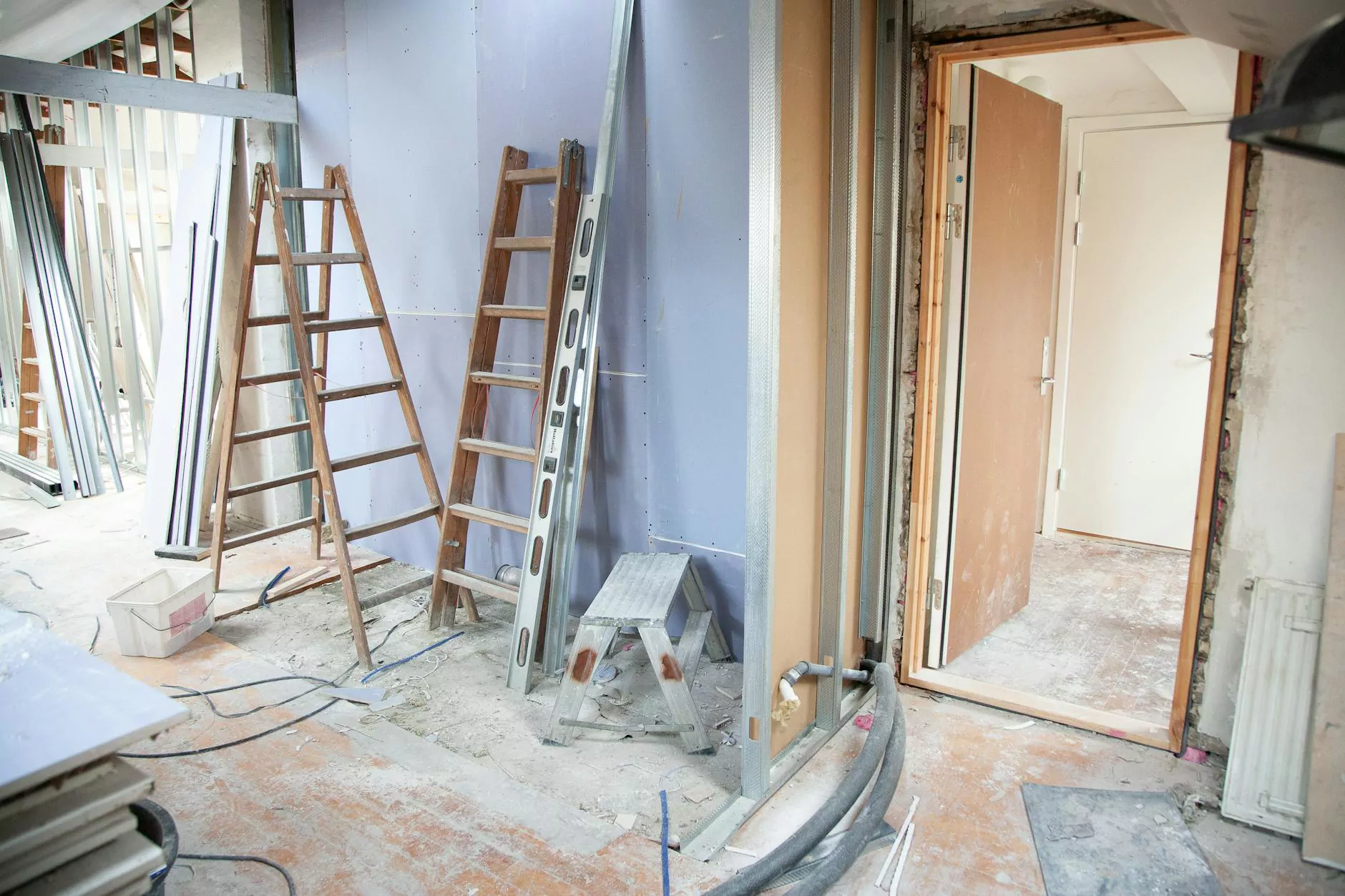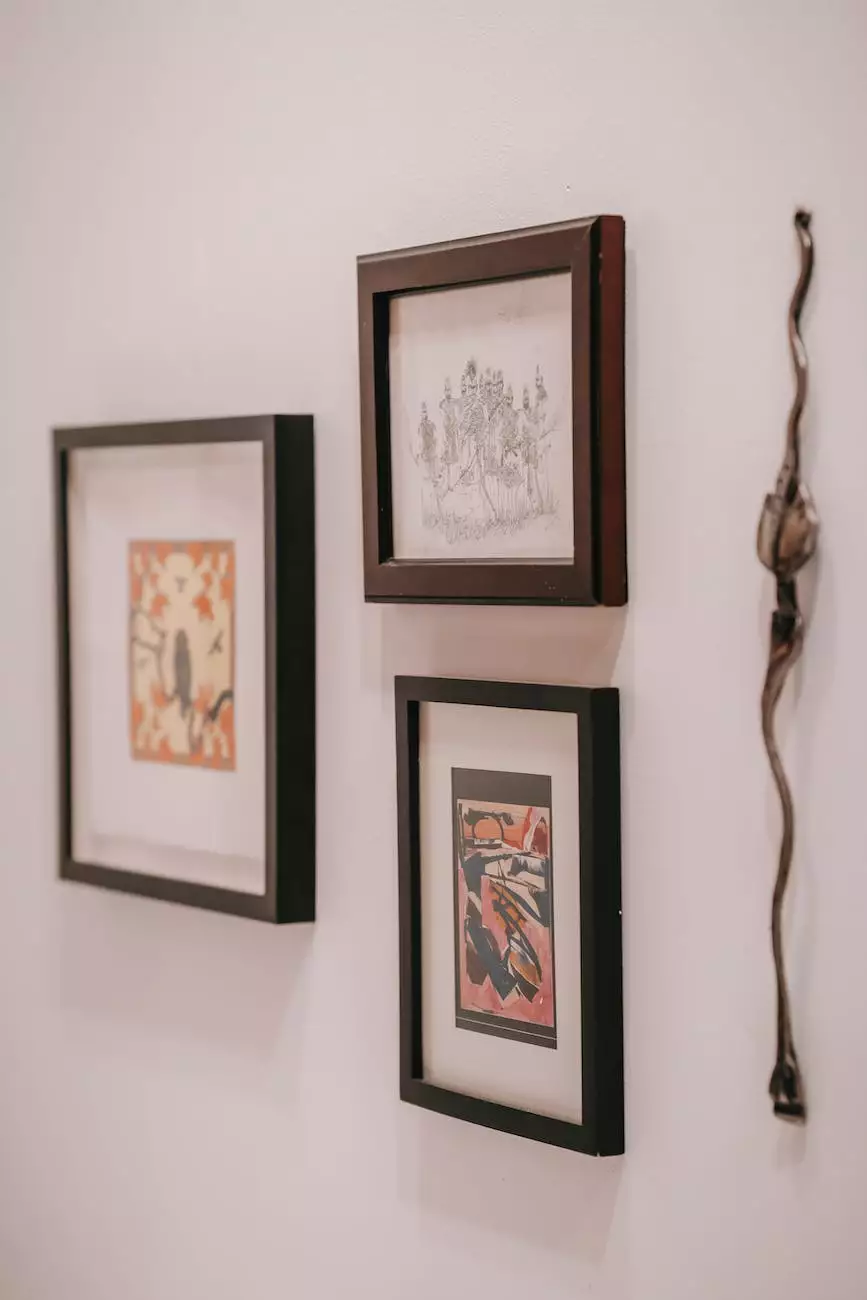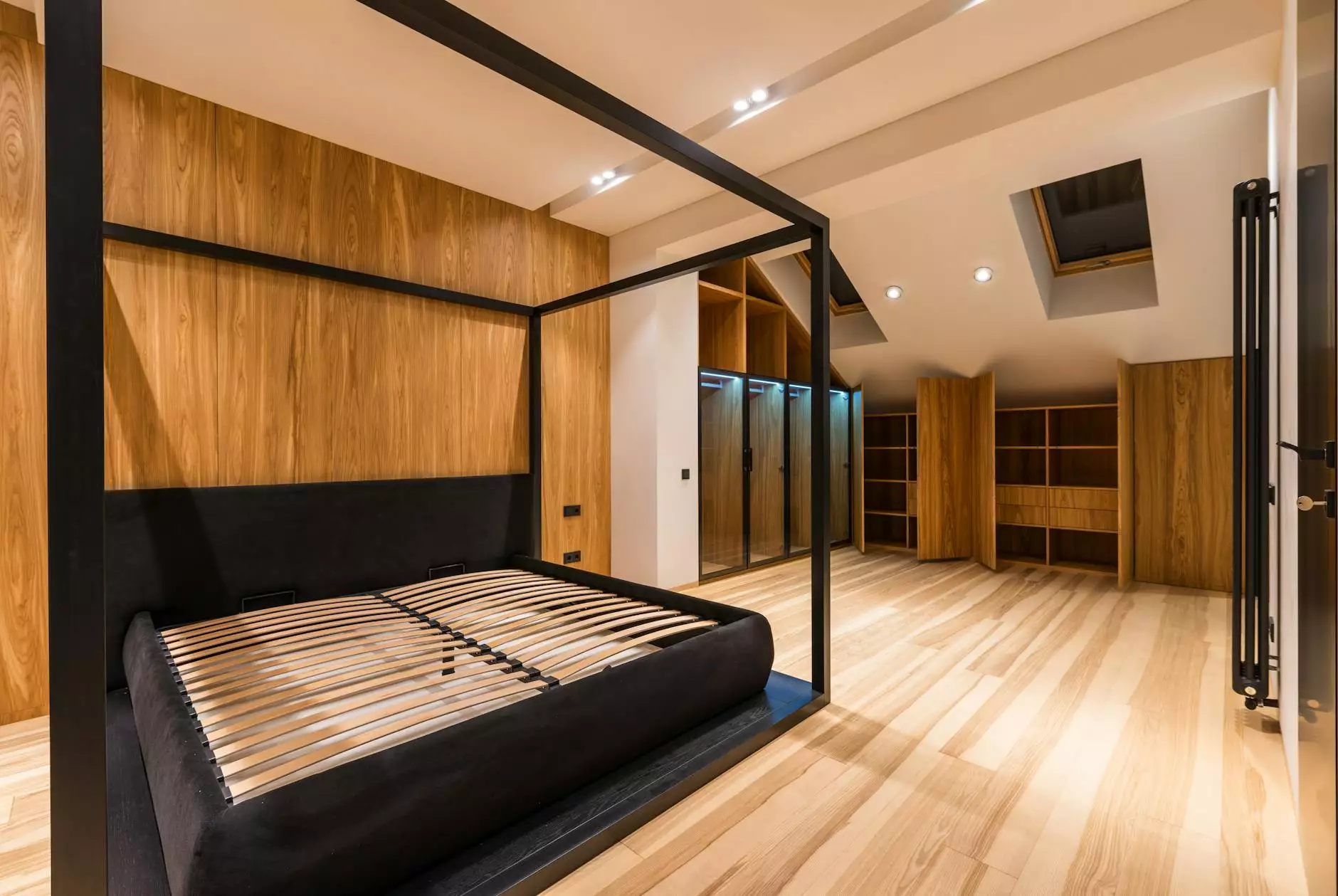10 Tips to Prevent Accidents in the Home
Safety Tips
Welcome to Weymouth I+D, your go-to resource for expert advice on home safety and interior design. In this article, we will share 10 essential tips to help you create a secure and accident-free living environment for you and your loved ones.
1. Clear Clutter and Obstacles
Keeping your home free from clutter is crucial in preventing accidents. Remove any unnecessary items from walkways and stairs to ensure a clear path. Make sure furniture placement and floor coverings do not create tripping hazards.
2. Ensure Adequate Lighting
Proper lighting is essential to prevent accidents, especially in areas such as staircases, hallways, and entryways. Install bright and energy-efficient lighting fixtures in key spaces to minimize the risk of falls and injuries.
3. Secure Rugs and Carpets
Ensure that all rugs and carpets in your home have non-slip backing or are properly secured with double-sided tape. This will prevent them from shifting or sliding, reducing the chances of slips and trips.
4. Install Handrails and Grab Bars
Installing handrails and grab bars in strategic locations, such as staircases, bathrooms, and hallways, provides additional support and stability. These fixtures are vital for people with limited mobility and help prevent accidents.
5. Childproof Hazardous Areas
If you have young children at home, it's important to childproof hazardous areas, such as the kitchen and bathroom. Install safety gates, latches, and cabinet locks to keep curious hands away from potentially dangerous objects and chemicals.
6. Use Non-Slip Mats in Bathrooms
Bathrooms are notoriously slippery areas. Placing non-slip mats on bathroom floors, inside showers, and next to bathtubs can significantly reduce the risk of slipping and falling, particularly for older adults.
7. Properly Store Cleaning Products
Ensure that all cleaning products, including chemicals and detergents, are stored securely and out of reach of children and pets. Use childproof locks on cabinets and always follow proper storage guidelines to prevent accidental poisoning or exposure.
8. Maintain Smoke and Carbon Monoxide Detectors
Regularly check and maintain smoke detectors and carbon monoxide detectors in your home. These devices are crucial for early detection of fire and harmful gases. Replace batteries as needed and test them regularly to ensure they are functioning correctly.
9. Keep Emergency Numbers Handy
Prepare for emergencies by keeping a list of emergency contact numbers easily accessible. Post them on your refrigerator or near your phone. Include numbers for local emergency services, poison control, doctors, and trusted neighbors.
10. Educate Your Family
Finally, educate your family members about potential hazards and safety practices. Teach children how to use electrical outlets safely, handle kitchen appliances, and recognize dangerous situations. Regularly reinforce safety rules and lead by example.
At Weymouth I+D, we are committed to providing valuable insights and expertise in the field of home safety and interior design. Our team of experts is dedicated to helping you create a secure and stylish living environment. Implementing these 10 tips will significantly reduce the risk of accidents in your home and contribute to a safer, more comfortable lifestyle.
Remember, accidents can happen anywhere, but by following these precautions, you can minimize their occurrence. Take action today and make your home a safe haven for your family!



